Contents
A trip to Thailand is surely incomplete without seeing an elephant. In fact, the second you get into a taxi at the airport one of the first things that the driver will ask you is whether you are interested in elephant trekking (“very cheap“, they will note), elephant painting, or the tiger kingdom. If you are like I was a few years ago, the idea of sitting on an elephants back in a luscious emerald jungle is the the ultimate experience (and very social media worthy). Elephant trekking is one of if not the most popular activity in Thailand as over 3,000 elephants are domesticated and they come at a hefty price, ~$30K USD. Pictures like this look promising – certainly an experience you will never forget.
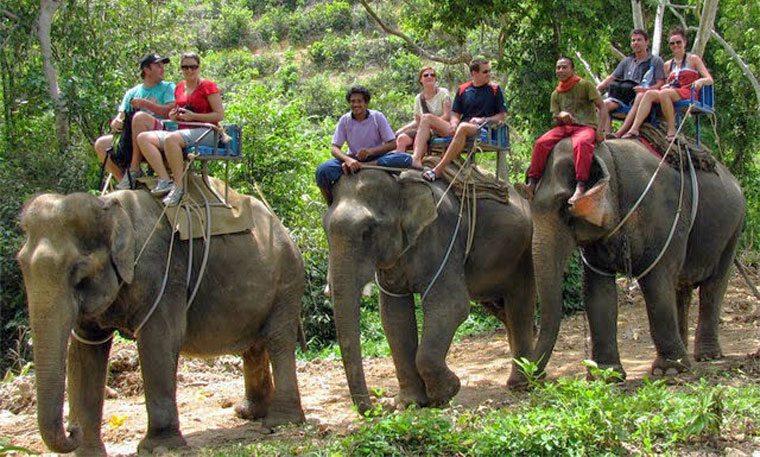
What you don’t see, however, is what happens behind the scenes. You’re on vacation, you may have a limited amount of time, you get presented with this cool and affordable activity so you run with it … but below is what it actually takes to provide you with the short trek that you are about to take. Years of brutal emotional and physical abuse, agony and suffering – elephant owners, or mahouts, create man made holes in the elephants ears so they can hang their hooks there. Elephants are chained, burned, and hit when taught to comply with the mahouts commands.
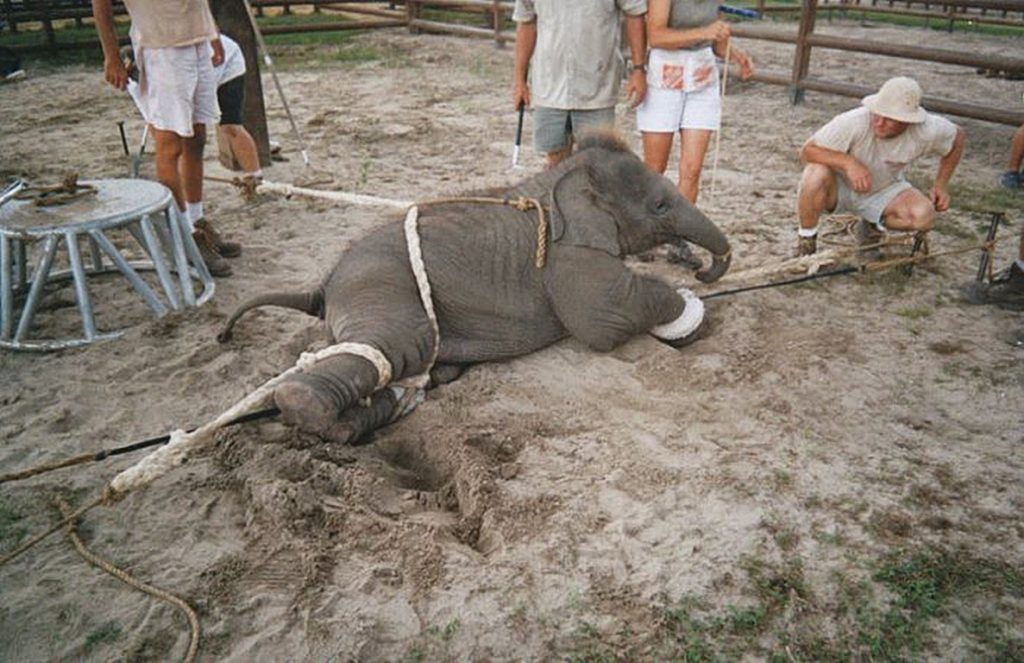
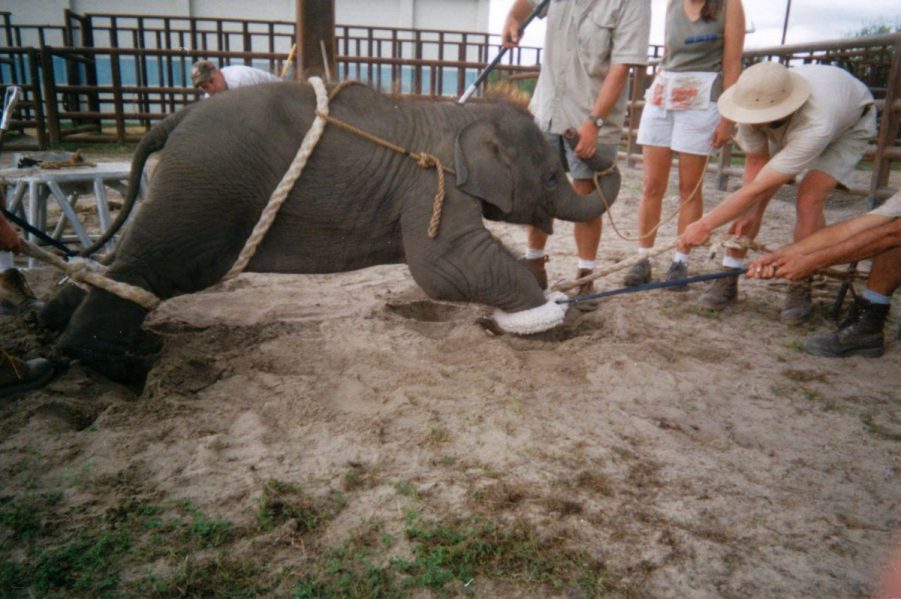
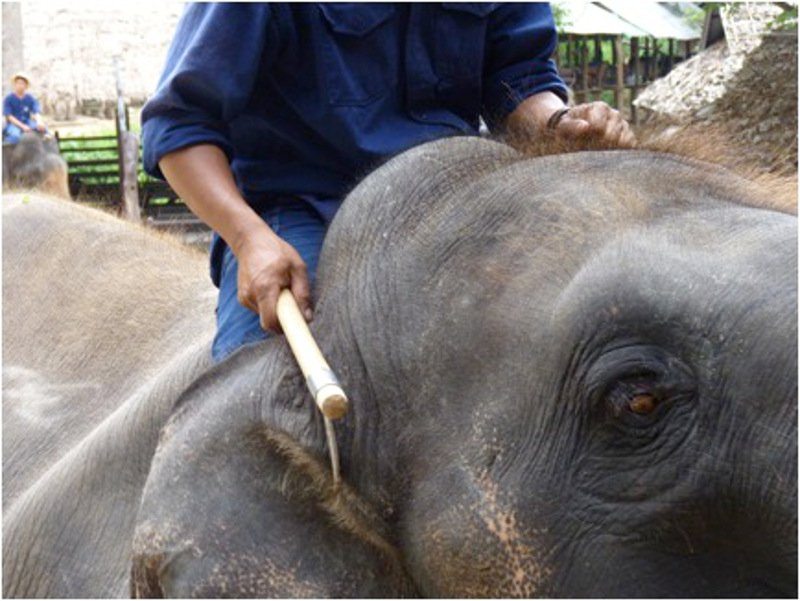
Conspiracy theory? Just another nettlesome animal activist? You may be thinking. No, you can see this for yourself, it is right there in front of you, you just have to pay attention. The elephants have lifelong marks on their heads from the hooks their owners use to control them, they have holes in their ears, and undeniable pain in their eyes. Believe me you will see it, if you pay attention. All of us fall victim to a little social media frenzy. I know I once did. No one truly thinks that getting on top of one of these uncomfortable, sometimes dirty, prickly giants and going for a stroll is actually a good idea. But it sure looks cool. Furthermore, there are now places where you can ride elephants without a saddle. These places claim to treat the elephants in an ethical manner; the tour guides will tell you that riding without a saddle is ok, they will tell you that it costs a little more but it’s worth it because the elephants without saddles are treated better. Re-read the last sentence. They will charge you more but that’s because the elephants are treated better. Is riding an elephant without a saddle better? Maybe. Is it ok? No. As soon as a human is on an elephants back, the humans safety is priority; so that elephant is still trained and still controlled to act accordingly.
The businesswoman in me recognizes that in a country that is stuck in a so-called “income trap” with a per capita GDP of ~$6,000, a $30,000 domesticated elephant surely won’t be a family pet. The entrepreneurial spirit in me said “but why do these animals have to be abused for the financial benefit of its owner – there must be a better way.” There is a better way and it’s such a simple solution you won’t believe it: interaction. There is literally no need to ride an elephant; through simple interactions like feeding, bathing and walking, you can have a truly unforgettable experience with these noble and kind-hearted animals. I don’t believe that elephants should ever be domesticated but exploring the intricacies of Southeast Asian culture will take up a completely different post. Domesticated elephants that are abused for years need help, that is the bottom line.
Elephant Nature Park in Chiang Mai is a rehabilitation and rescue center for elephants, dogs, cats, and other animals. This organization provides an enormous space and a natural environment for various animals. As much as I want to believe that the elephants should be in the wild, I recognize that after dozens of years of physical and emotional abuse as well as massive irreversible injuries like blindness and legs blown off by landmines, the elephants simply need help and comfort. Elephant Nature Park does the latter by providing a home, food, and healthcare for animals and education and political pressure for people.
She is injured & under constant medical supervision.
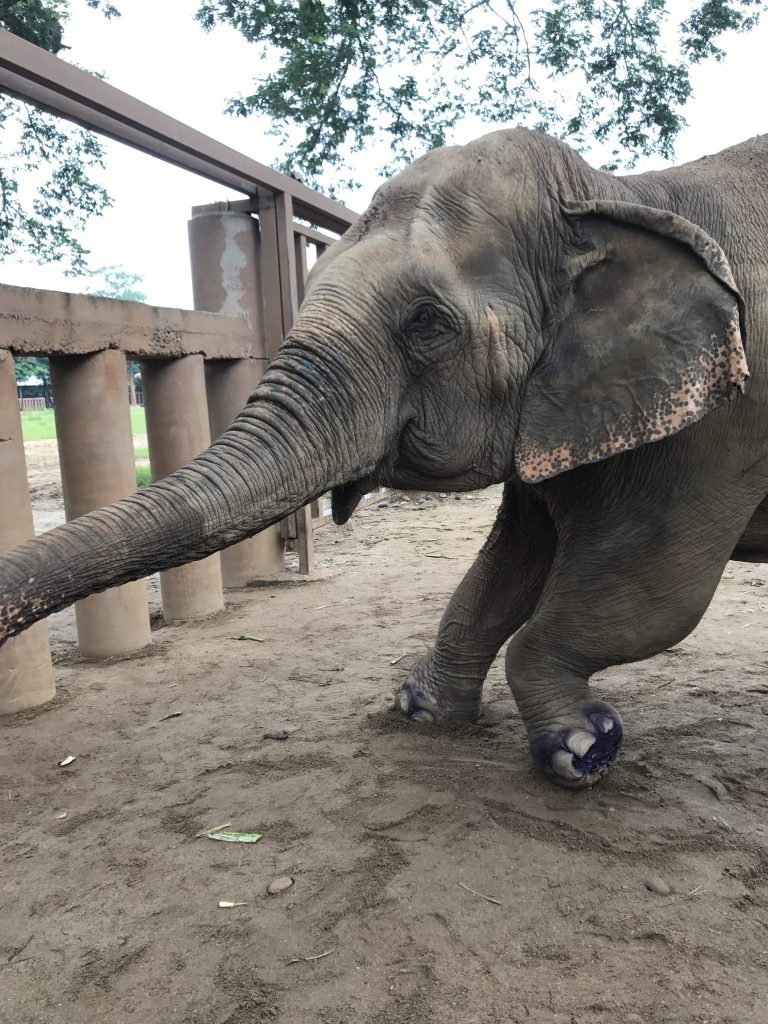
The girl on the left had her eyes taken out by her previous owner, the girl on the right became her friend and guide.
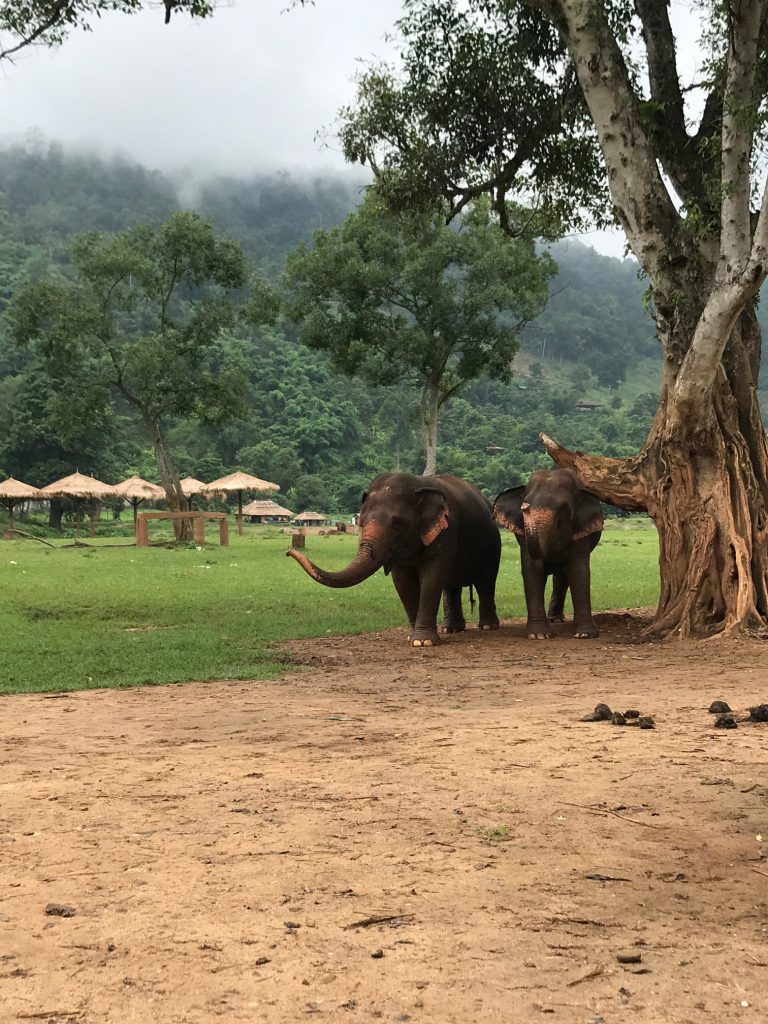
Her hips are dislocated from the saddle full of people that she carried for years.
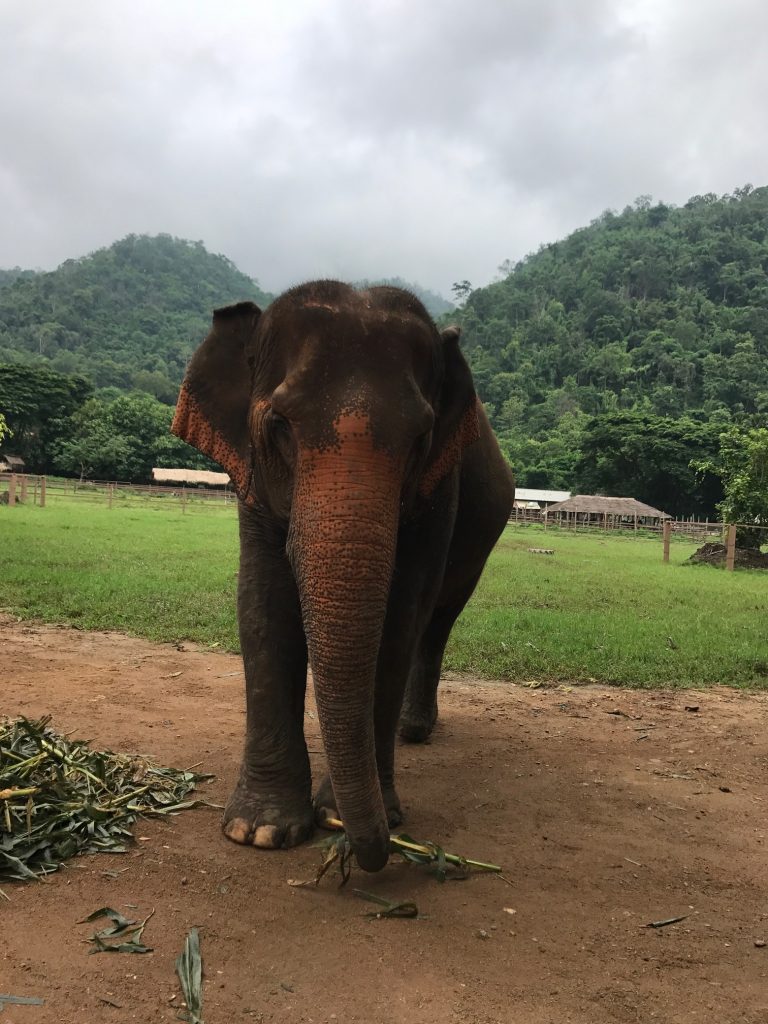
They never leave each others side.
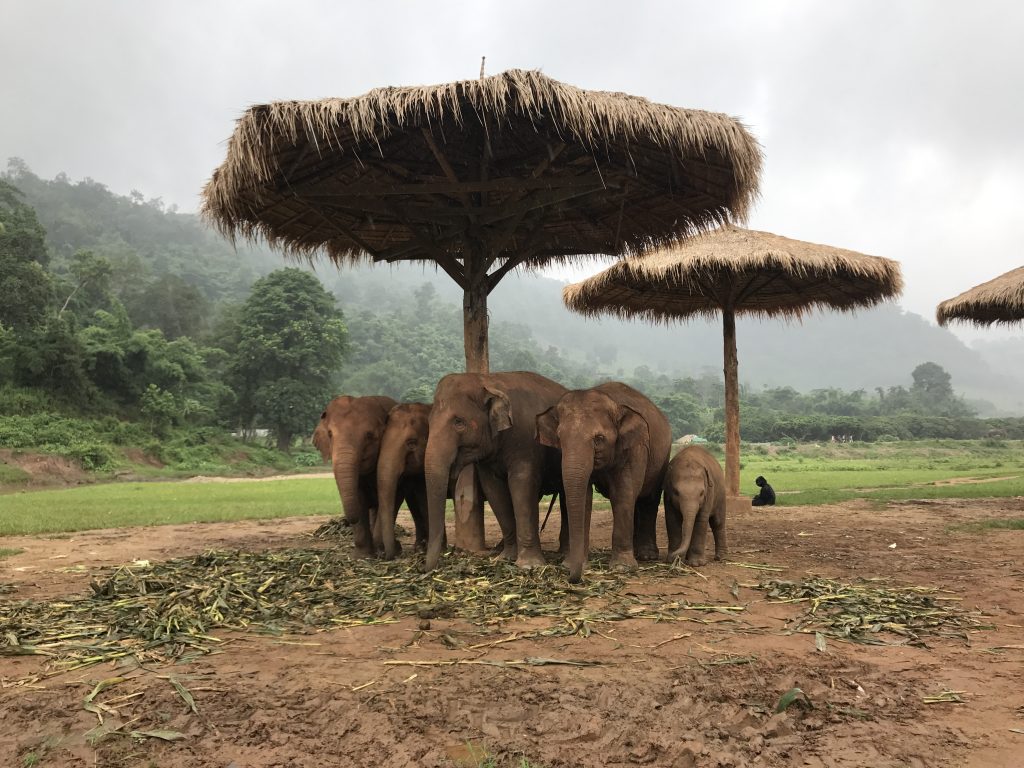
They were left to die by their owners during a flood.
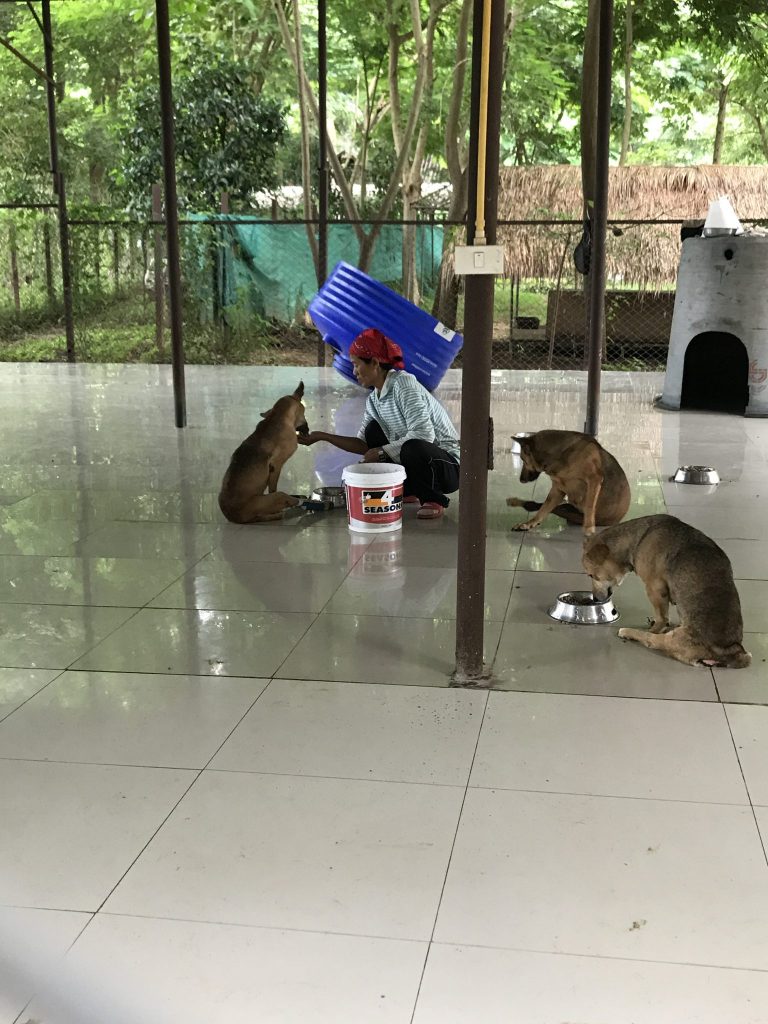
It’s not easy to look at, but it’s important to understand. ENP offers a multitude of opportunities to interact with the animals + volunteer; these options start from 2,500 BAHT or ~$70 USD and you can see all of them here. You can see the schedule and book online, its that easy. I took part in the “Pamper a Pachyderm– Single Day Trip” which is on the pricier side at ~$190 per person but it was also one of the few options left as I booked last minute. No matter what the dollar amount would be, the experience was PRICELESS. Essentially this trip took me to one of the areas in Northern Chiang Mai where elephant trekking is popular. Elephant Nature Park is slowly spreading their ideologies (ie. no riding) to these areas by taking volunteers to engage in fun and caring activities with the elephants … walking around the jungle, feeding them, and bathing … no riding. At the end, we went to the actual Elephant Nature Park area for a tour of the property and the various fantastic things they do for all animals, not just elephants. Both elephant girls that I spent the day with were abused for years. Being the low season in Thailand, this tour ended up being completely private which made the experience so intimate!
The day begins as we meet the two lovely girls and give them snacks: cucumbers and bananas.
They’ve been abused for years – you can even see the holes in one of their ears from their previous owner. We treat them with the utmost care and respect.
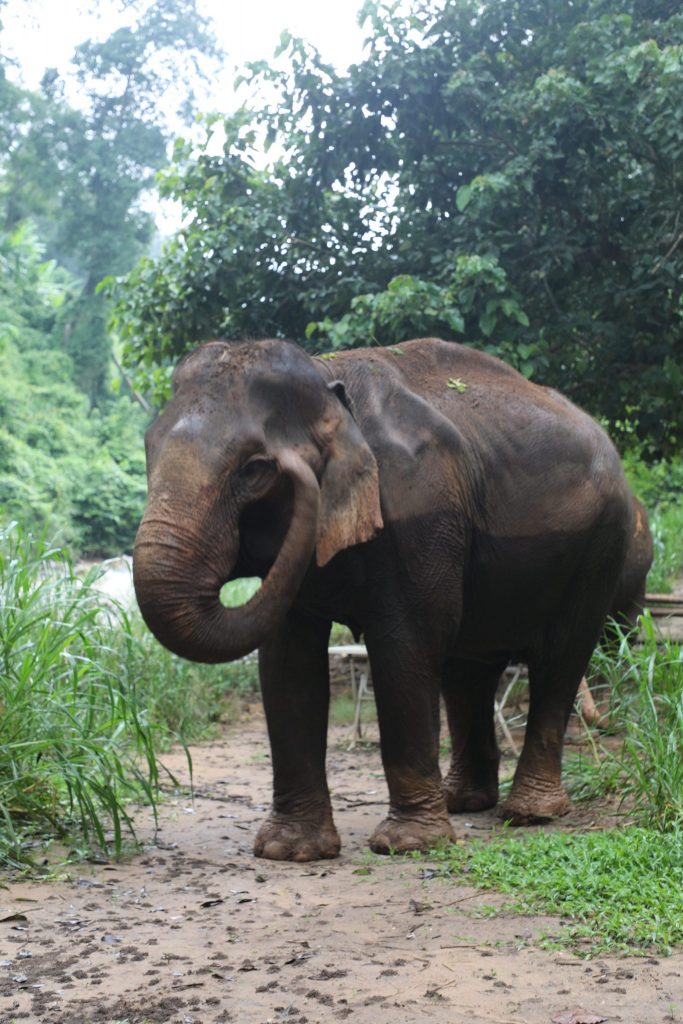
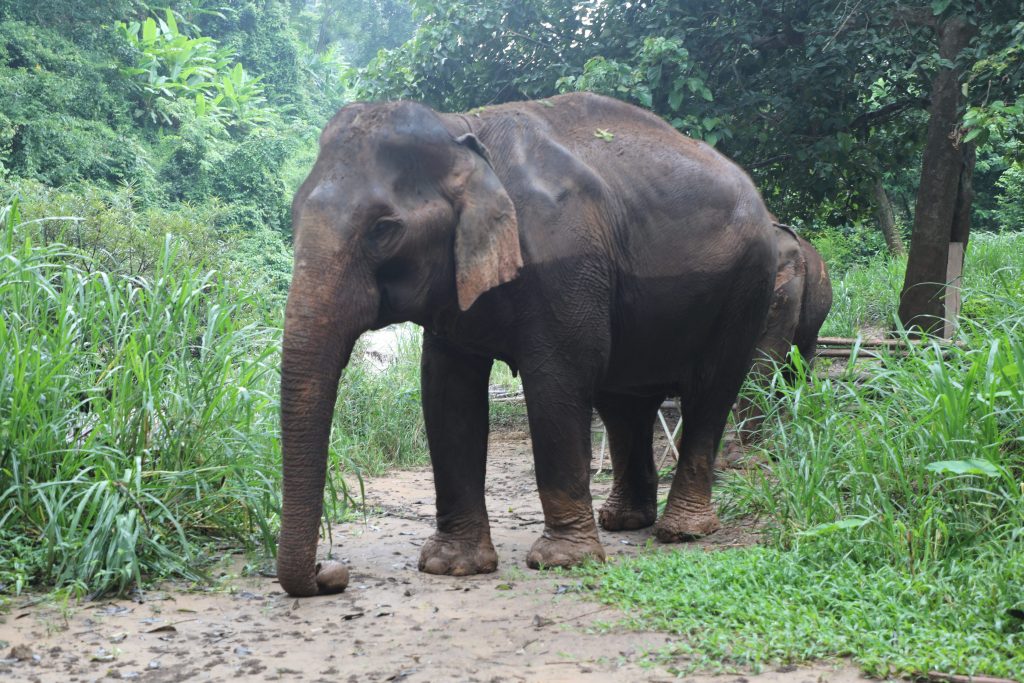
We continue on a stroll through the jungle – the elephants know the route and guide the way. We have a big bag of bananas for snacks!
Don’t be like me and bring comfortable shoes – it gets very muddy!
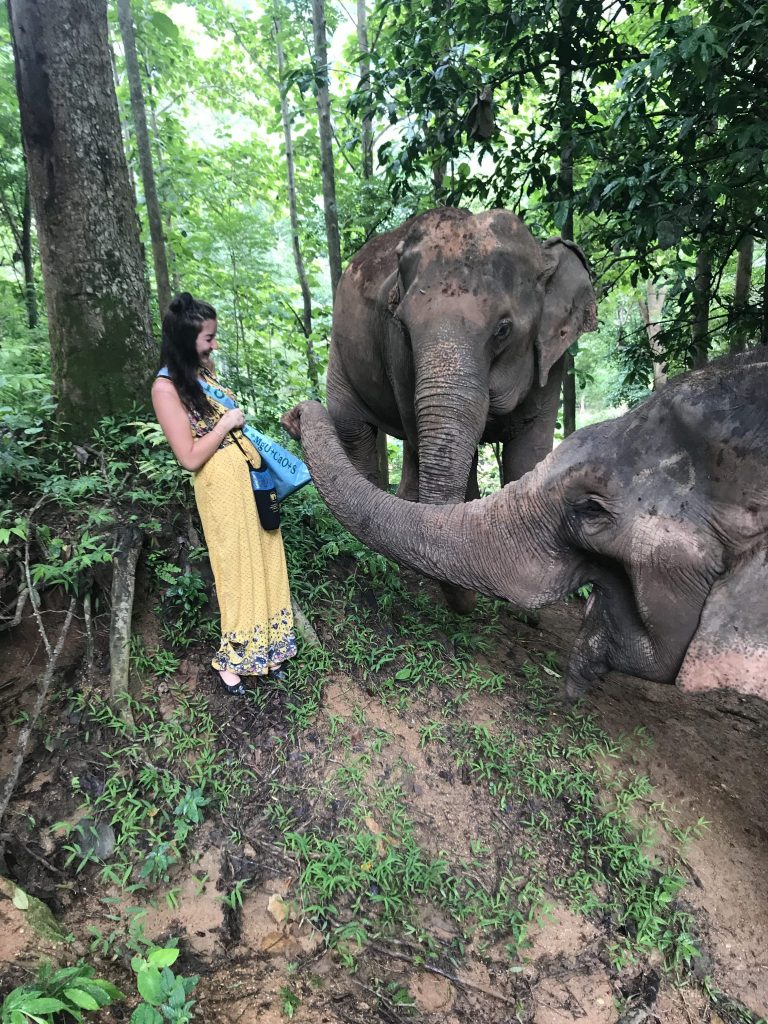
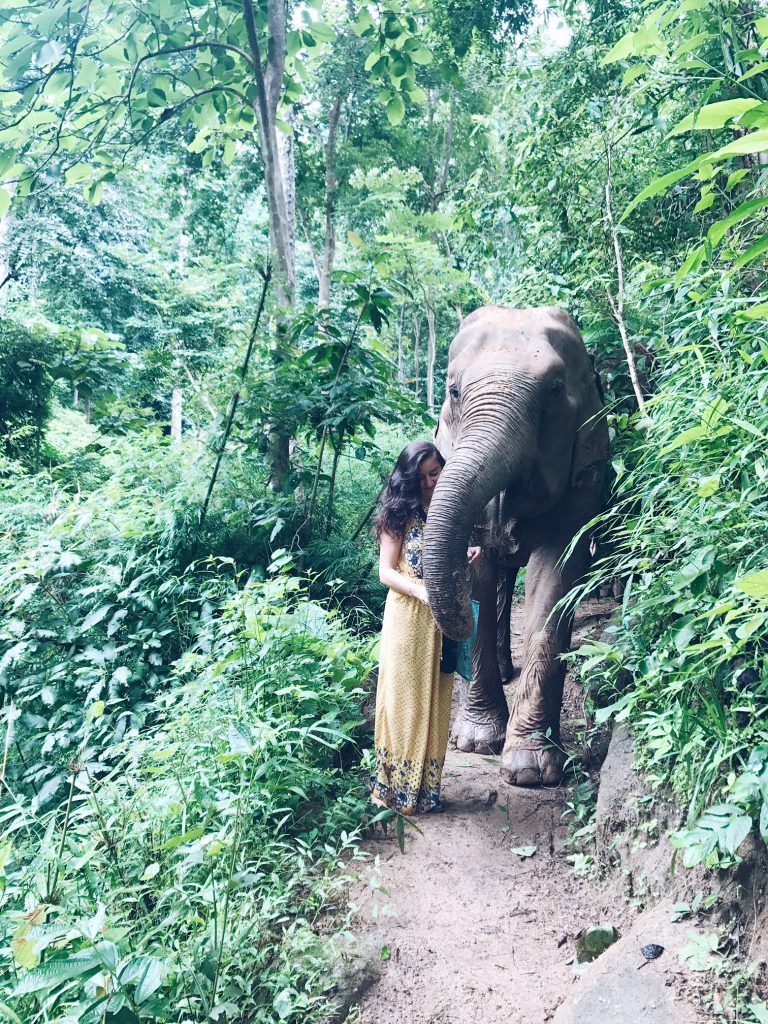
Lunch like a local, with the locals.
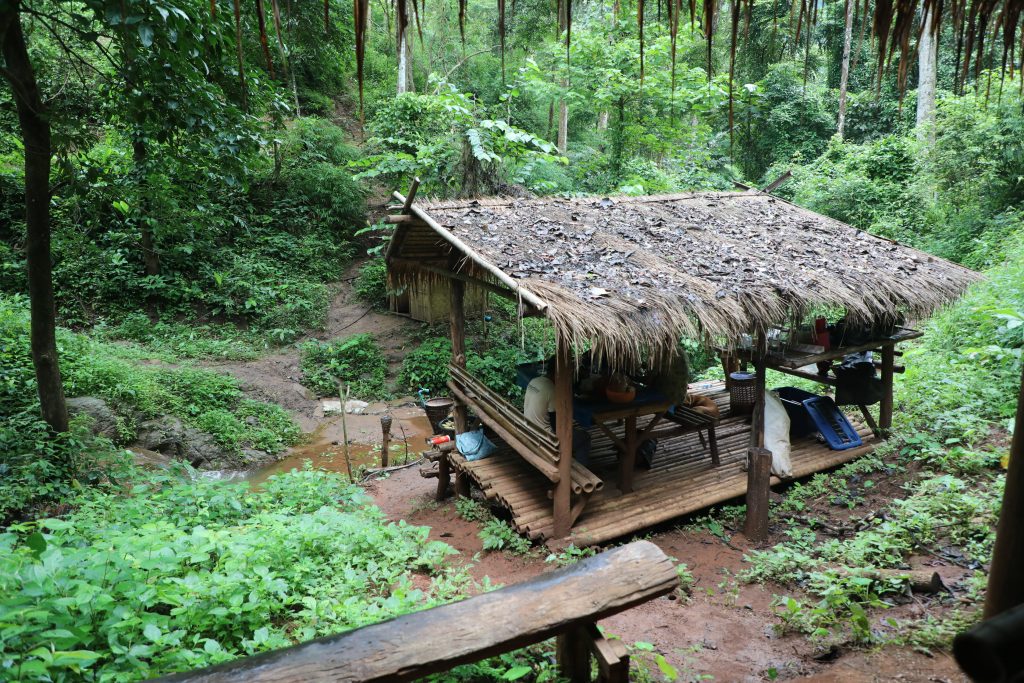
Then a nice long bath …
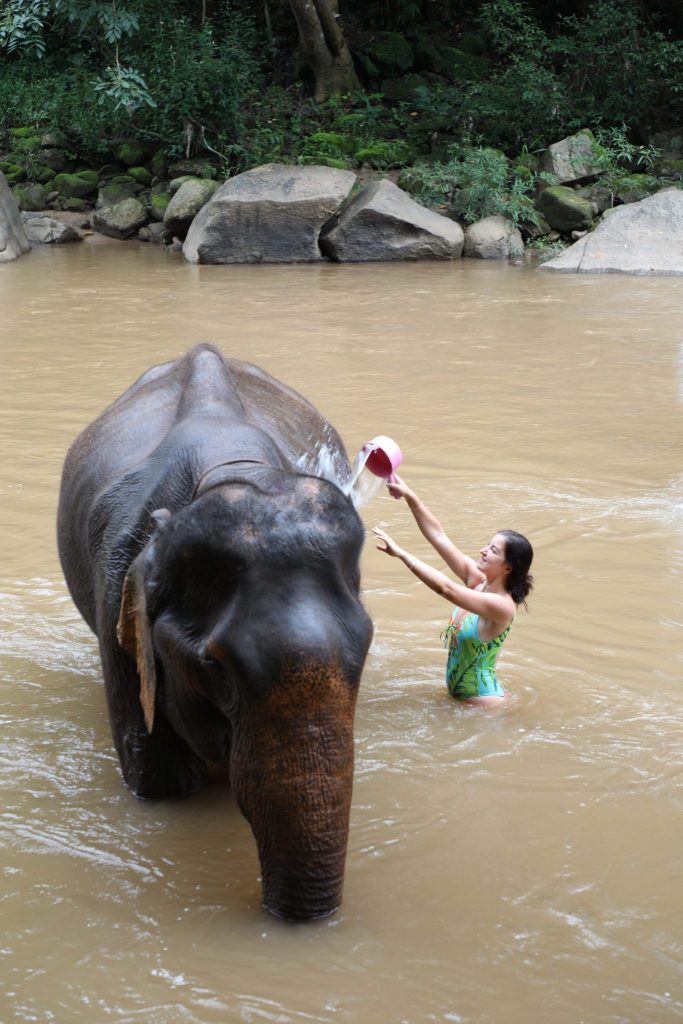
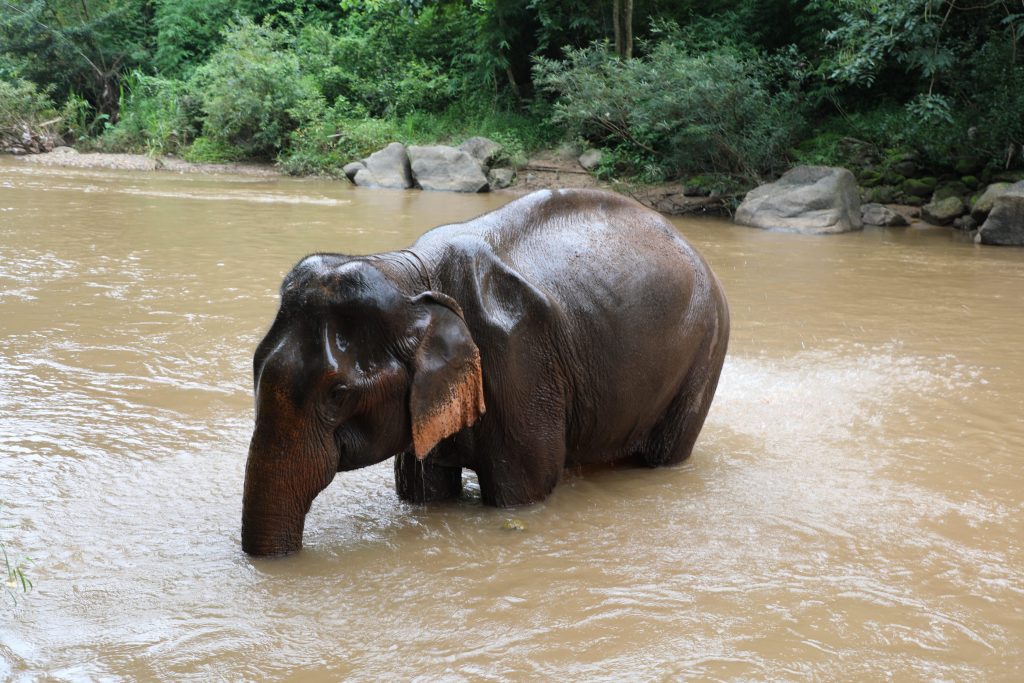
By the end of the day we were surely best friends…
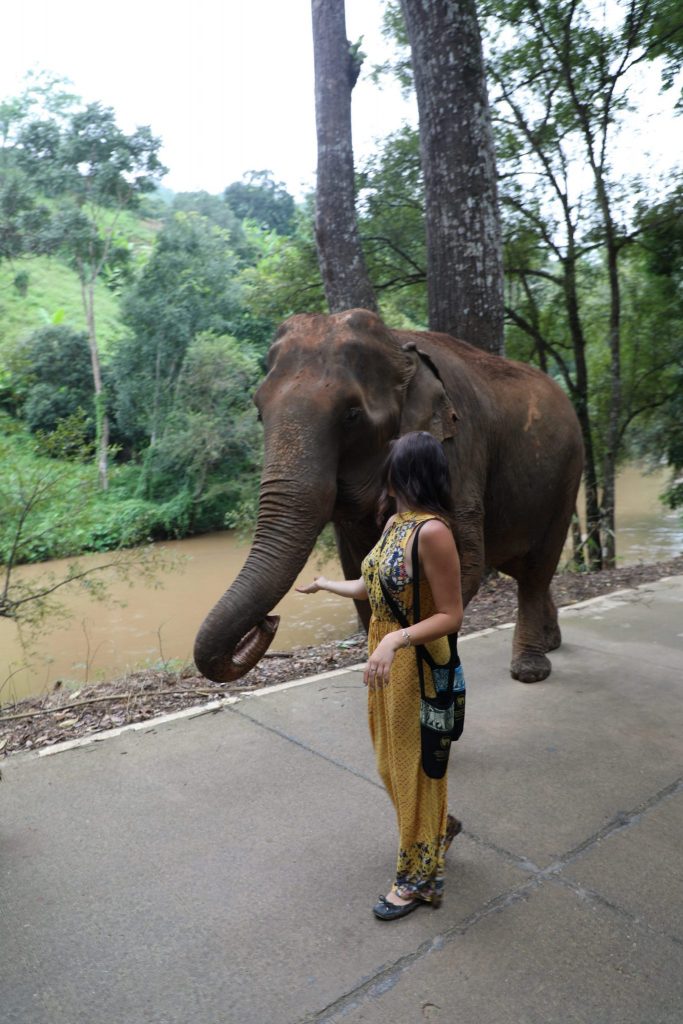
Everyone is happy 🙂
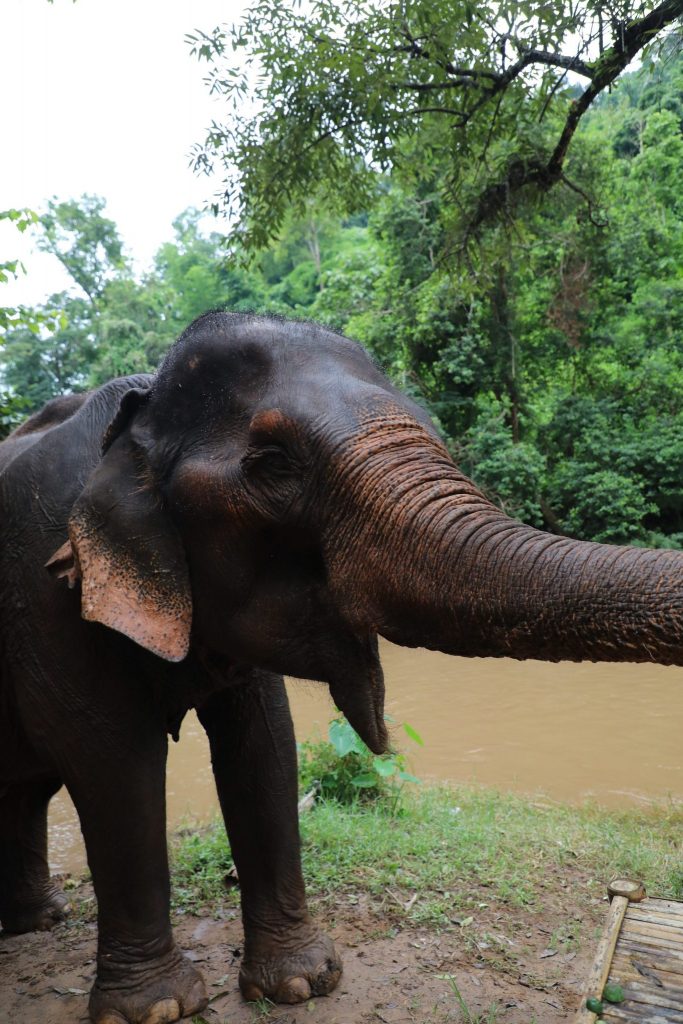
We say our goodbyes and take a water raft down to the Elephant Nature Park.
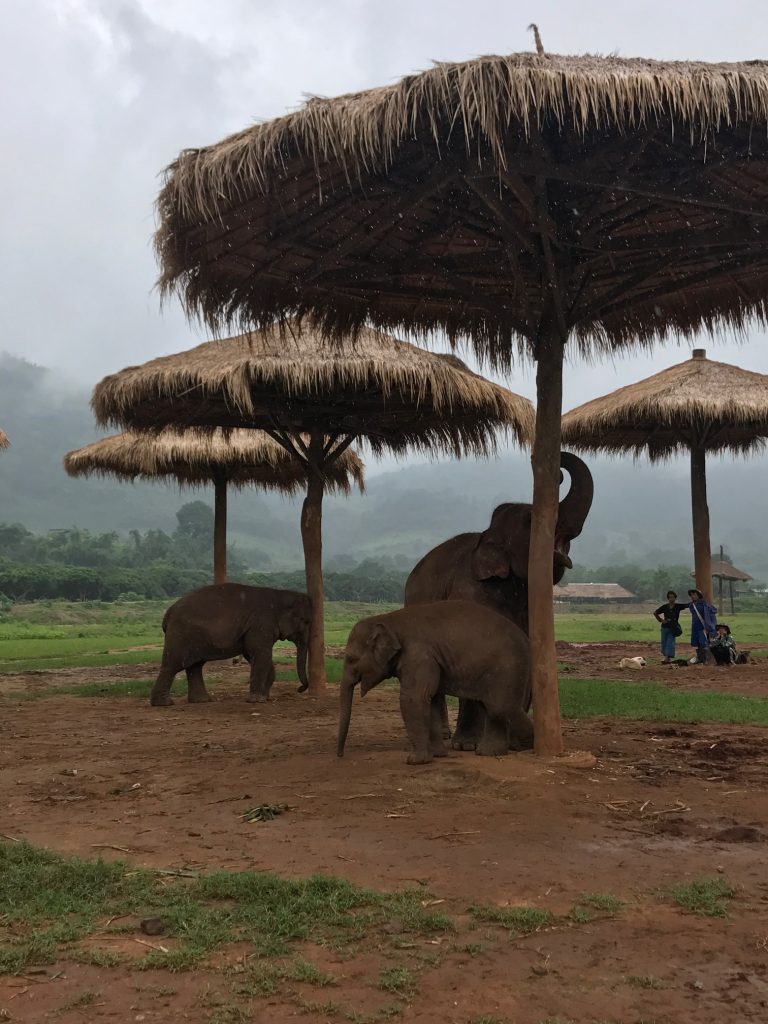
Right now, Thailand is one of the most popular tourist destinations in the WORLD. Over 30 million tourists visited Thailand last year alone. Can you imagine if each tourist fell into the elephant trekking trap? The intent of this post is to educate, it is to give you a glimpse of something that is not very obvious to the naked eye especially in the euphoric moments of traveling and drowning in culture shock. More and more often you will hear, “don’t ride the elephants”. There is a reason for that. I hope that the pictures from my experience convinced you that even without riding the elephants, I was able to have an unbelievable and unforgettable time. Always approach places that promote human interaction with animals with a dose of skepticism. Do some research before you go and most importantly don’t be naive; of course the tour guides will tell you its safe, of course they will say that its ethical. What do you think they will say? “This is unethical but it puts the food on the table so take a ride?” Be your own judge of character and embrace your entrepreneurial spirit like I did: no one has to suffer for financial benefit or pure entertainment.
Organizations like ENP heavily rely on social media to promote what they do. There has been a significant decrease in elephant trekking as social media became more and more widespread in Southeast Asia – please share this post and help spread the word.

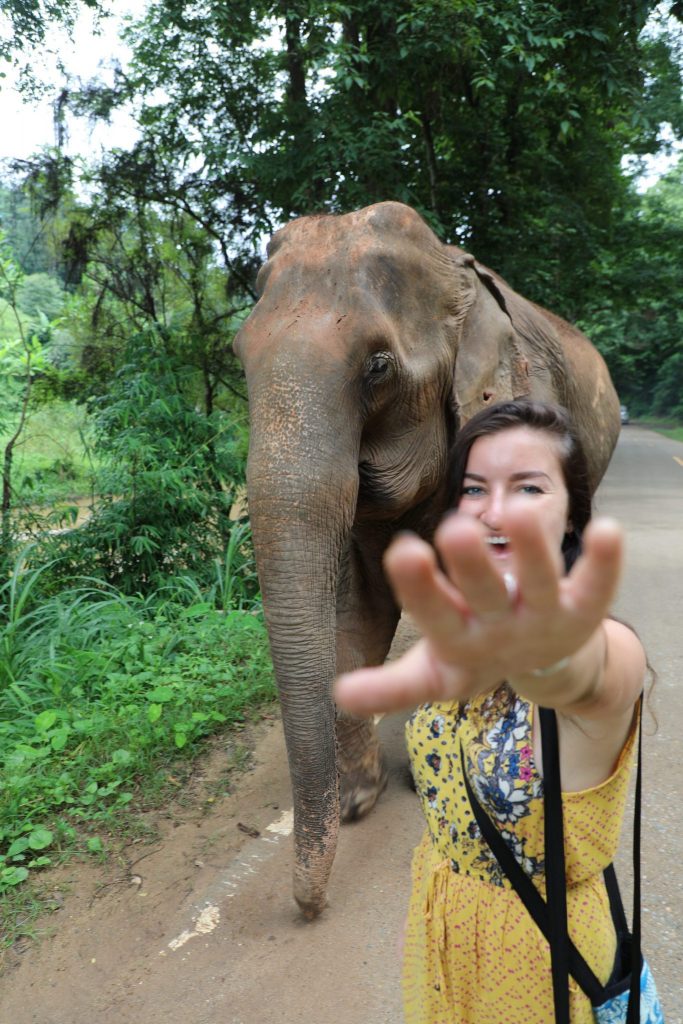

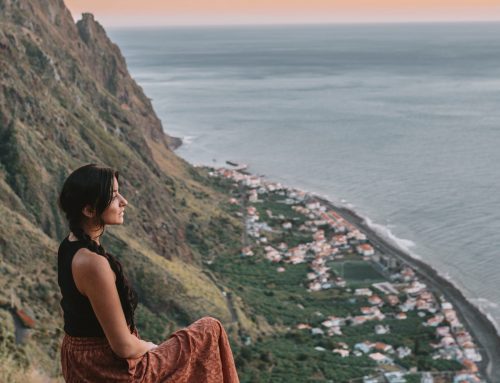
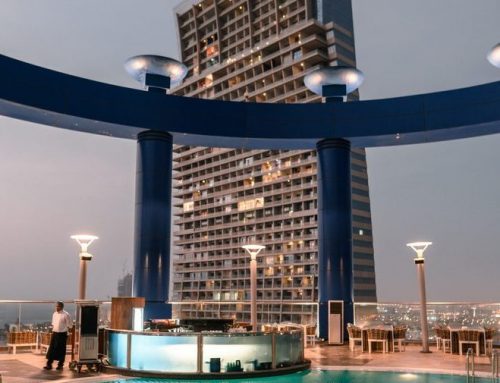


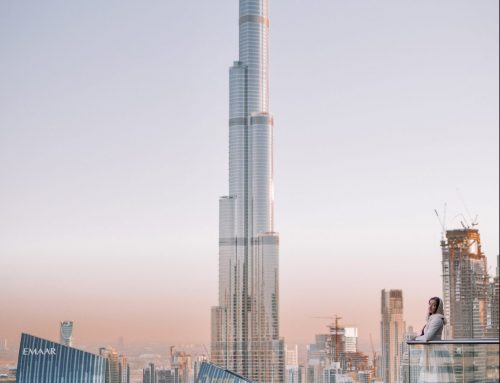
Such a great post Elona! Thanks for sharing!
Thank You!!
EXCELLENT POST!!! I am so passionate about this topic and I appreciate so much your compassion and information you shared. It’s important people educate themselves. Beautifully written ? I have a question for you. I would love to visit here. Is this the package you did…?
https://www.elephantnaturepark.org/enp/index.php?option=com_jomres&Itemid=158&lang=en&task=dobooking&pdetails_cal=1&selectedProperty=43&arrivalDate=2017/10/19
2 days, 1 night? I’m a bit nervous about booking something like this. However this seems like an experience I would love to have ✨ Thank you so much for this post and for your time answering my question??
Hi There!
We did the Pamper a Pachyderm it was a full day tour not overnight. I think 2 days and 1 night is just fine as well! I wouldve loved to spend more time there 🙂 good luck … let me know how it goes.
Very informative but oh so sad. I love how your photos bring out their emotion!
It is very sad ! Its even worse in real life 🙁
Just read this post. Touched. Never thought in the way while we took the ride. Now it’s really difficult to ride any animal for our pleasure – Your word power. And the pics you posted. Thanks for sharing.
But ppl behind the idea & opening of the Elephant Nature Park should get their credit. Great ppl doin great thing.